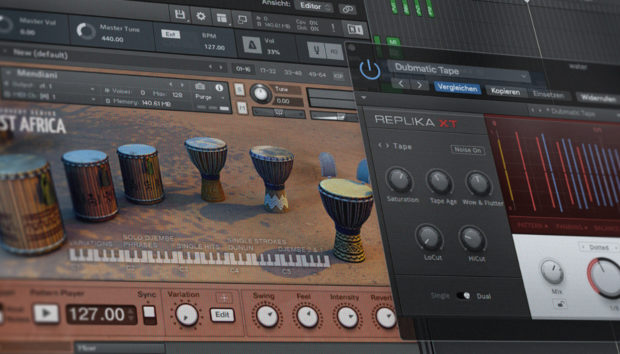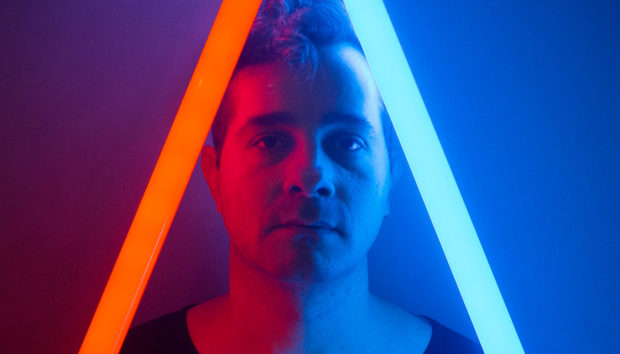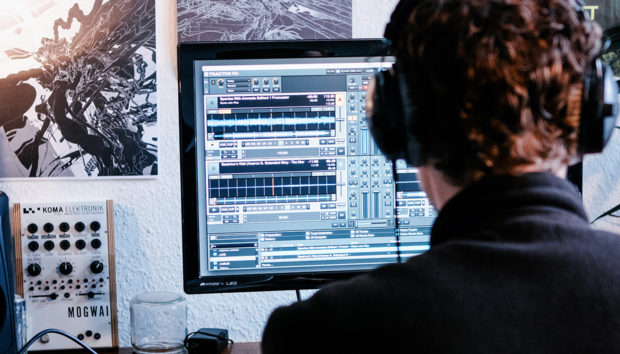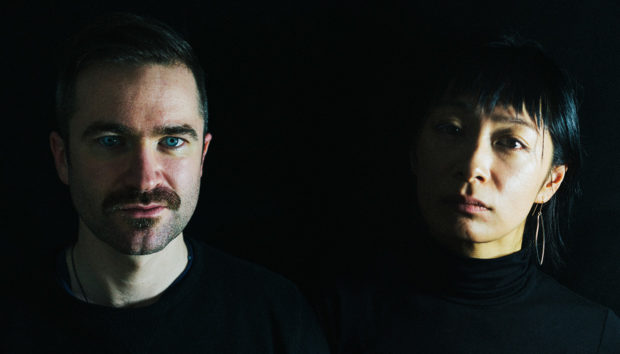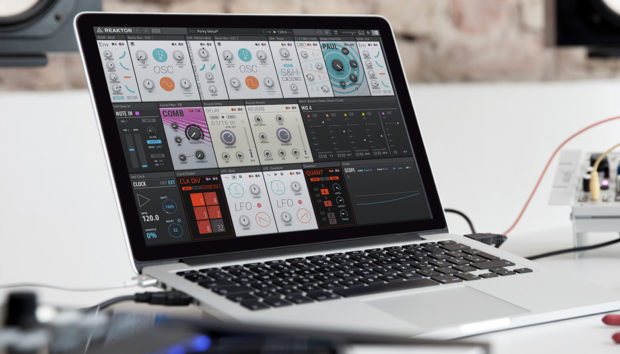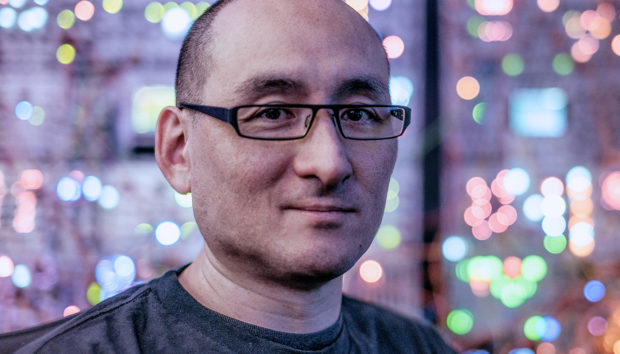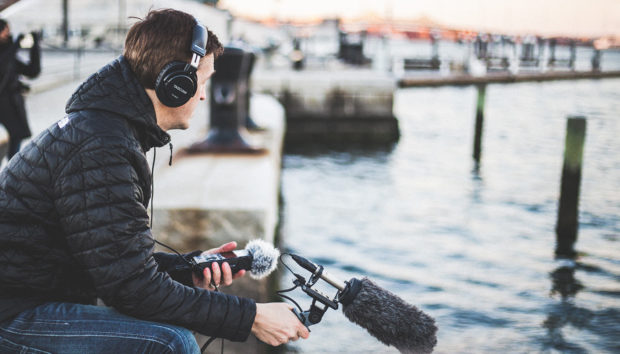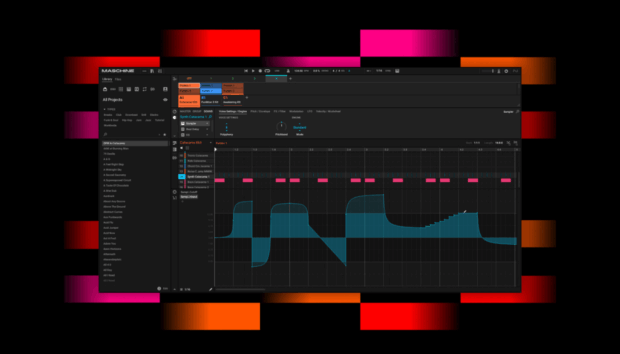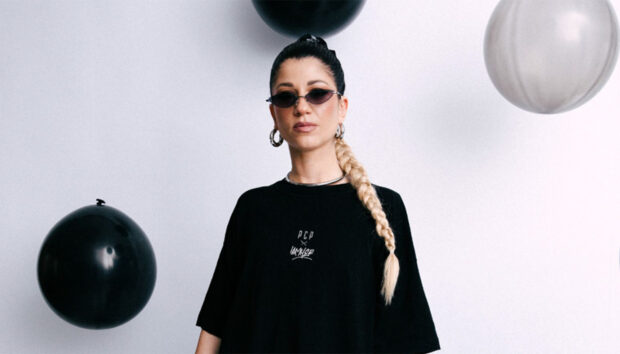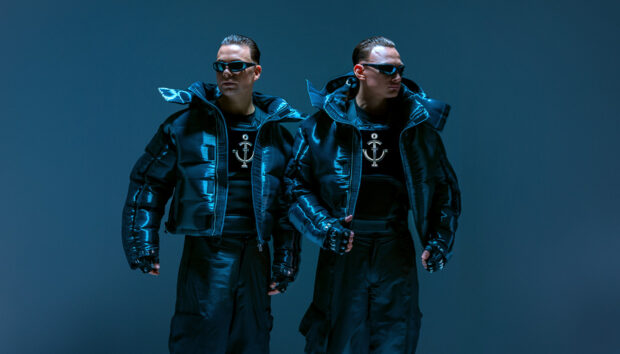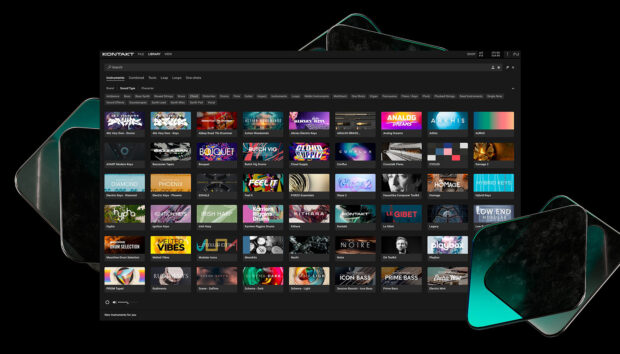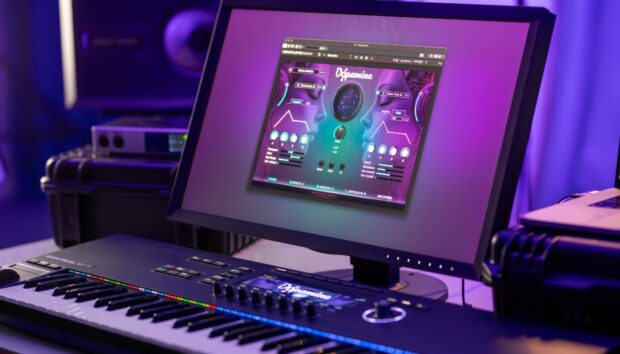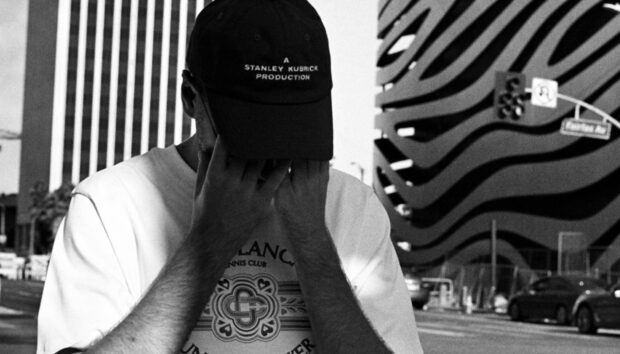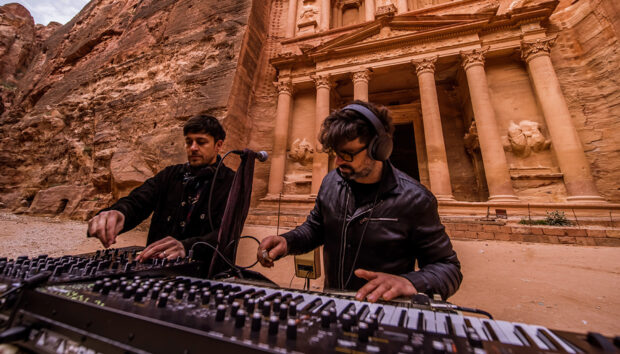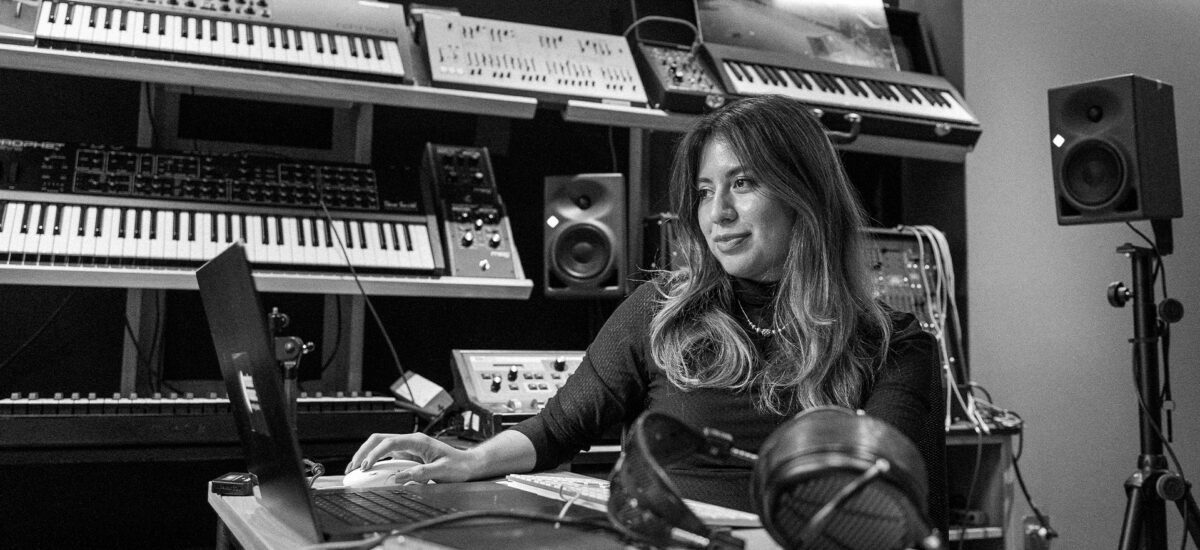
Immersive audio is changing the way that we listen to music. But for audio engineer, lecturer, and PhD researcher Marcela Rada of The Immersive Lounge (TIL), it’s also changing the way we make music in the first place. For her, it’s a creative framework that alters songwriting, arrangement, recording techniques, and even how artists listen to their own work.
In this interview, Marcela lays out a practical, artist‑first path into immersive production, why critical listening in a 7.1.4 room matters, and how to mix for translation across headphones, soundbars, cars, and multi‑speaker rooms.
Jump to these sections
- Why immersive audio opens new creative opportunities in writing and arranging
- The reason Marcela believes critical listening in 7.1.4 shifts an artist’s perspective
- What changes in the recording workflow when tracking for immersive
- How Marcela thinks mixers should think about Dolby Atmos
- Marcela’s advice on how to avoid costly mistakes
- How bedroom producers can start with immersive today
- Why community and shared knowledge are essential for immersive audio
Along the way, we cover iZotope RX for source separation, common misconceptions, and how The Immersive Lounge is closing the knowledge gap.
What creative opportunities open up when writing for immersive audio?
Immersive audio opens up the soundfield in ways that can reshape how music is conceived. Artists often find themselves rethinking their arrangements and rhythmic structures once they begin working with that sense of movement and distance. I remember one session in particular where, because there was so much room to work with, we decided to bring in a full choir. It wasn’t about creating spectacle – the space simply allowed the music to carry it.
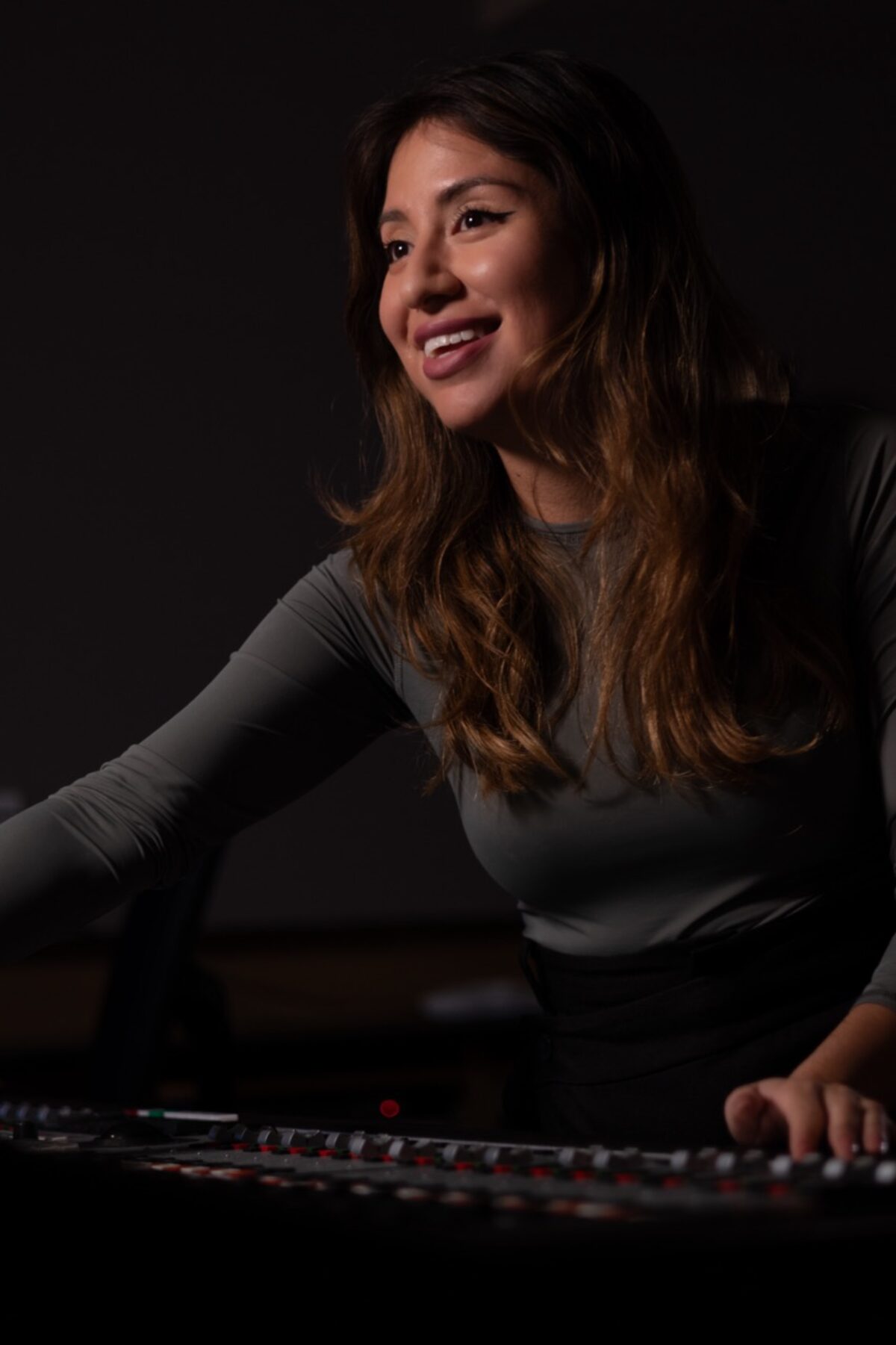
wasn’t about creating spectacle – the space simply allowed the music to carry it.
Pre-production often becomes a moment of discovery. Once artists understand what the format makes possible, they start writing with it in mind rather than treating immersive audio as something added after the fact.
Pro tip from Marcela Rada: When you hear how much space this format offers, don’t hold back from expanding your palette. Sometimes that can mean something as bold as adding a choir… and it can work beautifully.
How does critical listening in 7.1.4 change an artist’s perspective?
Listening sessions with artists in a calibrated 7.1.4 room and headphones are very exciting processes. It’s one of my favorite stages of music production. I love comparing Atmos references in the artist’s genre and focusing on spatial awareness – front, back, and vertical planes above the listener.
Normally, when the artists hear things like height information, they start redesigning the experience: what sits above, what moves, what stays anchored.
It’s a 360-degree sound field, which is different from stereo in many ways. For instance, you are less worried about masking as frequencies are no longer fighting for space in the mix.
Pro tip from Marcela Rada: Take time in pre‑production to listen critically in a calibrated room. It helps artists imagine their music differently before recording starts.
How is the recording workflow different in immersive sessions?
At TIL, we monitor in 7.1.4 while recording, so localization decisions (choosing the placements of elements in the mix) happen from take one. Microphone strategy depends on the project, but two principles hold:
- Capture the room. Arrays that collect early reflections and ambience help externalise sound for listeners on headphones later – in other words, it feels like it’s in your room, not inside your head.
- Separate sources when you can. If you already know that the guitar should live hard‑left mid‑height and the vocal will be in the center, isolation gives you freedom in the mix. When stems arrive from a stereo project, source separation tools help a lot.

A tool like iZotope RX stem separation can be a go‑to for pulling apart vocals, drums, or instruments before spatial placement.
Pro tip from Marcela Rada: Always try to separate sources during recording. It saves time later and makes localization more precise. If you need to separate audio after the fact, RX is a great option.
What should mixers know about Dolby Atmos, beds vs. objects, and translating the mix?
One key difference for engineers new to immersive is how you use beds versus objects. Atmos beds are limited to 7.1.2, which makes them ideal for steady elements like ambience or room mics. Anything that needs to move, sit precisely, or bring extra height energy should be an object instead. Objects are layout‑agnostic, so your artistic intent carries across different systems.
Another surprise is how much you need to think about translation. Your mix won’t just play back in one room. It has to hold up in binaural, stereo fold‑downs, soundbars, car systems, and multi‑speaker arrays. Objects usually translate more predictably across these formats than fixed bed tracks.
And while it’s tempting to spend most of your time in headphones, you should always validate on speakers before final delivery. Headphones are great for mixing, but speakers tend to reveal how the mix breathes in space.
Pro tip from Marcela Rada: Use objects for elements that move or need precision, and keep ambience and reflections in an object bed.
What barriers do independent artists face in the context of immersive audio, and how can they be fixed?
The biggest hurdle, in my opinion, is the knowledge gap. For instance, many independent artists think they must pay for two mixes (stereo and Atmos). Start with a Dolby Atmos mix, then render the stereo version from it. Mastering needs may differ, but you don’t need parallel mix budgets or approvals for two separate versions.
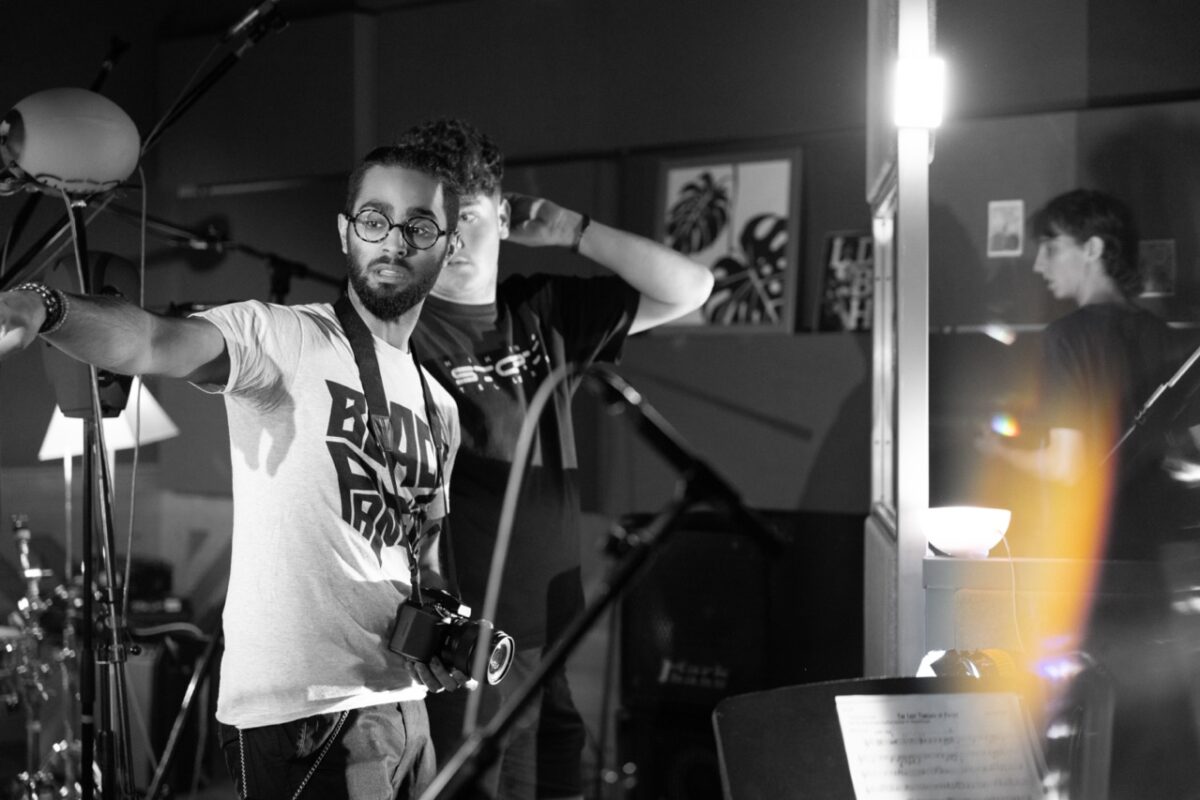
Pro tip from Marcela Rada: If you’re going work with immersive audio, don’t pay for two mixes. Start in Atmos and render your stereo from there.
Is it possible for bedroom producers to get started with immersive today, and what should they know when getting started?
Absolutely. Turn on Dolby Atmos in your DAW (Logic Pro is the fastest on‑ramp), place elements around the field, and monitor in binaural with your headphones. For production and learning, that’s enough. For mixing, check on a speaker setup before finalizing.
All the time, I hear misconceptions about immersive audio, so let me clarify some things that might help you when you’re starting out.
People often say it’s something for the future, but the truth is that it’s already here. There are large catalogues available today on Apple Music, Amazon Music, and TIDAL.
Another common one is that you need special headphones. You don’t. Any pair will work with binaural monitoring. Of course, if you’re using platform‑matched gear like AirPods with Apple Music, you might get some extra features, but it isn’t a requirement.
And finally, some people think that an Atmos remix automatically sounds better. That isn’t always the case. If music was crafted for stereo, it may sound best in stereo. Immersive works when it’s designed for immersive from the ground up.
Pro tip from Marcela Rada: Remember that immersive doesn’t automatically mean better. It works when it’s crafted for the format.
Why is community building essential for immersive audio to grow?
My PhD research is about democratizing knowledge around immersive production. Right now, a lot of the requirements and best practices live in very small circles, like labels, developers, or a handful of engineers. I want to publish workflows and guidelines that make this accessible to everyone, so more mixers and artists can work at a high level.
That’s also why we’re building resources at The Immersive Lounge. We’re releasing intro videos, a monthly newsletter, tutorials, and music. Because in the end, the technology only matters if there’s music to hear. Without artists making records in immersive audio, the tools and playback devices don’t serve a purpose.
Pro tip from Marcela Rada: Without music and content created for immersive, the technology may lose purpose. The artists must drive it.
Wrapping it up
Marcela Rada’s approach to immersive audio shows that the format is a way of thinking differently about music from the very first listen. By grounding artists in critical listening, encouraging them to record with space in mind, and pushing for mixes that translate everywhere, she makes immersive both accessible and artist‑driven.
Thank you to Marcela for sharing her insights and for showing how immersive can be as much about creative imagination as it is about technical precision.
